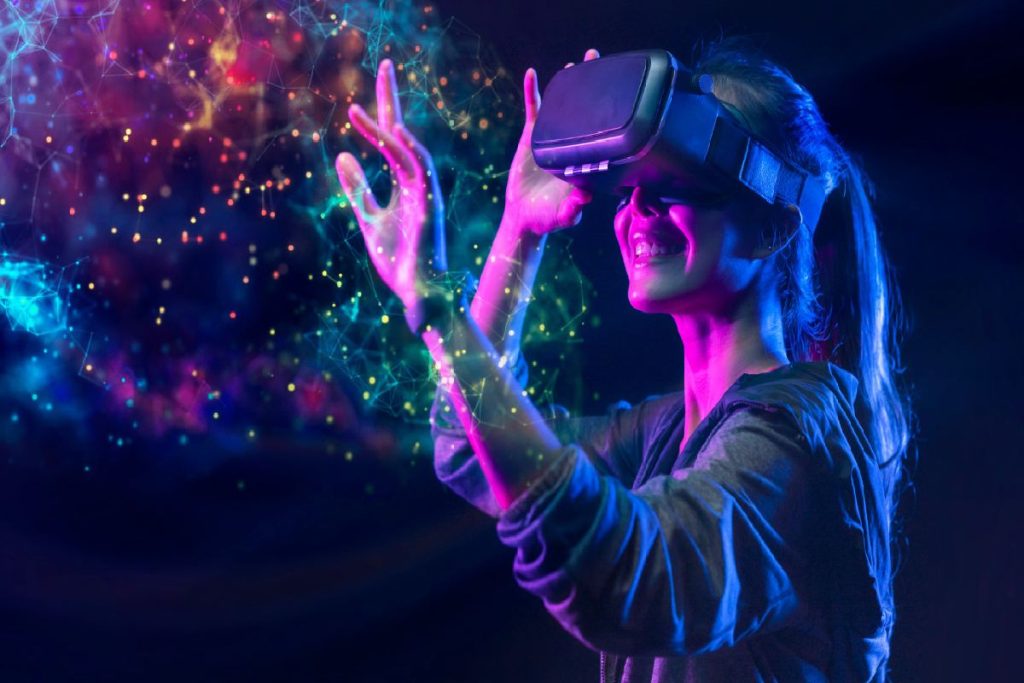Virtual reality and augmented reality are two of the most exciting new technologies in the world. They have opened up new opportunities for designers and developers but also present challenges that don’t exist in other types of design work. If you’re working on virtual reality design or augmented reality, here’s some advice to help you get started:
Table of Contents
The source data matters
The first step to creating a virtual reality experience is to gather accurate data.
Your product will need to be measured in three dimensions, so you’ll need accurate CAD files. If you don’t have these on hand, you may also need to create them from scratch.
In addition to your product, the environment where it will be used also needs measurements taken for modeling purposes. You must know how far away things are from each other and what they look like from different angles in order for everything else in your VR experience not to look wrong when viewed through a headset or head-mounted display (HMD).
You can use VR to test design ideas
VR is a great way to test design ideas because it lets you explore your concept digitally in ways that don’t exist in reality. For example, you can try out different features and different interactions and see how they work, things you simply can’t do with real-life products.
You need a good headset
The first thing you need to know about virtual reality is that it’s not cheap. The equipment that most people use is called “headsets,” but they might as well be called “goggles” or even “sheet masks” because they cover your entire face and make you feel like you’re underwater.
They are also expensive. One headset can cost up to $400, so unless you want to spend a lot of money on something that will make your eyes hurt, it’s essential to find a headset designed for your needs. It means determining what kind of visual experience you want before purchasing one.
Adobe Substance 3D experts say, “Some notable examples of headsets include the Oculus Quest 2 by Facebook. This is one of the more affordable headsets and a popular choice among gamers.”
You will get nauseous
If you think VR will be the next big thing in design, you should reconsider. While it’s true that virtual reality (VR) is an amazing way to prototype and test out ideas for your project, it is more challenging than just strapping on a headset and getting started.
Many designers find themselves becoming nauseous after only 20 minutes of working in VR. When looking at something through a screen or pair of goggles, your brain can confuse what you’re seeing versus what you’re experiencing.
In the end, designing in VR is still a new field. There are many things to consider and learn about it. Exploring this new way of creating can be exciting and fun, but it’s also important to stay caught up in the hype! The best way forward is with curiosity and an open mind—that way, you can find out what works best for each project.
